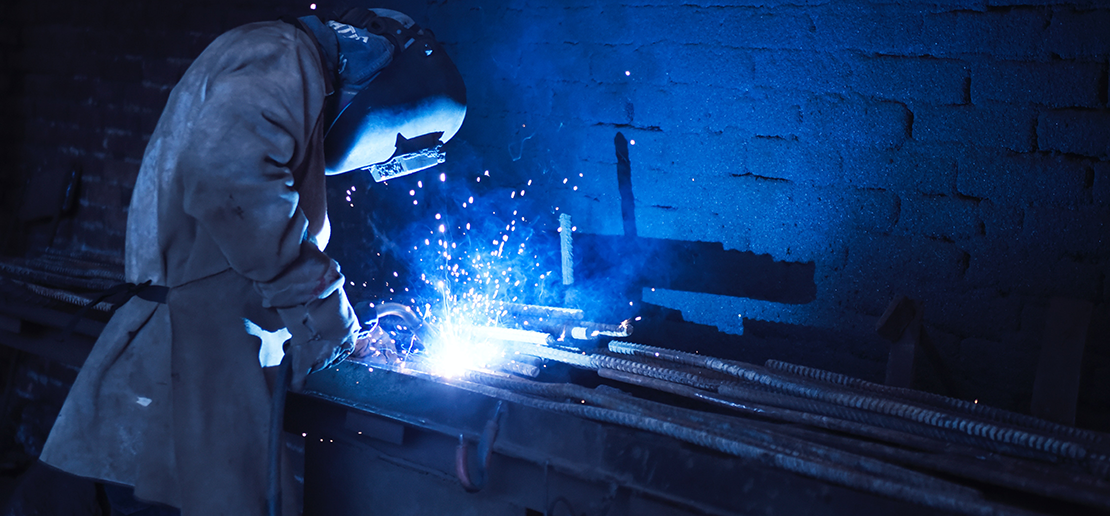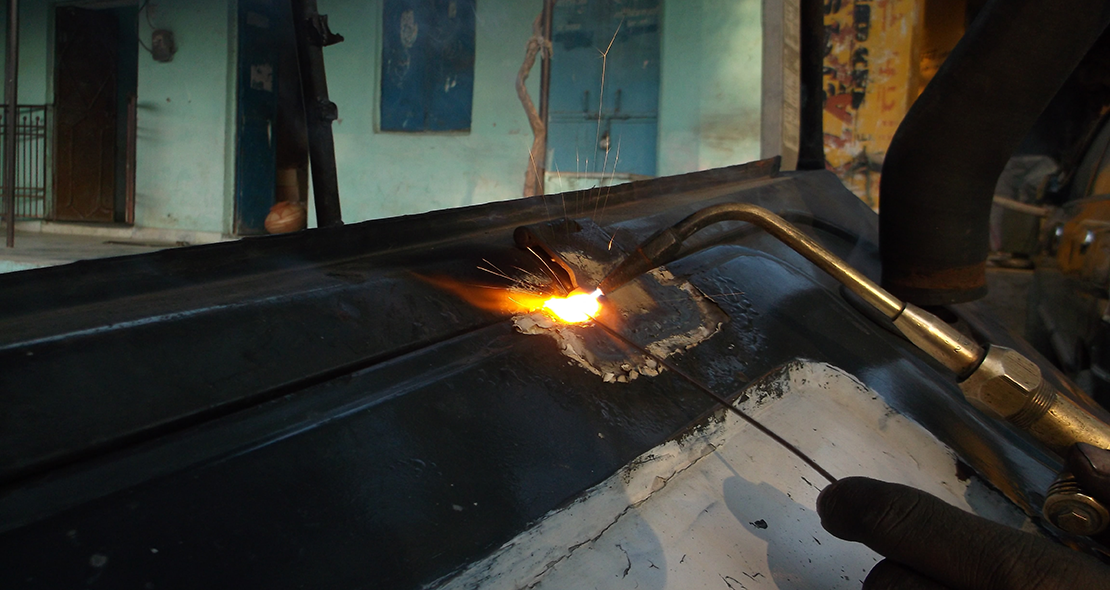Laser welding sometimes referred to as laser beam welding is a welding technique used to bind pieces of metal or thermoplastics through the benefit of a laser. The laser provides a powerful heat source, producing narrow, deep welds and high welding rates. This highly skilled method is used throughout a number of industries. Particularly prominent in the automotive industry, large volume production benefits hugely from this technique. Laser welding is also common in the jewellery and pharmaceutical industries and is carried out through two methods; heat conduction welding and keyhole welding.

What is heat conduction welding?
During the heat conduction process, the metal surface is heated beyond the melting point, but not to an extent where it could vaporise.
What is keyhole welding?
Keyhole welding is the process where the laser heats up the metal until the contact surface vaporises and digs deep into the metal itself. This results in a keyhole finish where a plasma-like condition is formed.

Laser welding equipment
Laser Machine: Primary machine used to produce the laser for the welding process. The below components are all part of the laser machine.
Power Source: A high voltage power source to produce a laser beam.
CAM: Short for computer-aided manufacturing, computer technology is relied upon to perform the laser welding process. CAM is essentially in control of all the physical activity, speeding up the process and resulting in efficiency.
CAD: Computer-aided design is used to design initial ideas and visions before the welding process. Computers are used to design the workpiece and performance.
Shielding Gas: A shielding device used during the welding process to maintain health and safety.
Advantages of laser welding
Laser welding offers a wide range of advantages which can benefit many industries.
Weld strength: The laser weld is narrow with an excellent depth-to-width ratio which results in higher strength.
Heat-affected area: The heard area is limited, and due to immediate cooling, the surrounding material is not affected.
Range of metals: Lasers can successfully weld a range of materials, including carbon steel, high-strength steel, stainless steel, titanium, aluminium, and precious metals.
High precision: Due to a small, tightly controlled beam, results are accurate and can also cater to miniature welding.
Deformation: Particular parts have a minimal deformity or shrinking possibility.
Minimal contact: There is no physical contact between the material and the laser head.
Waste materials: Very low waste and scrap are created due to a highly controlled environment. This is both convenient and beneficial for the environment.

Laser welding across the UK
Pro Moulds offer laser welding services across the whole of the UK, from our base here in Nottinghamshire. We also provide services in tool design, mould making and injection moulding.
As one of a favoured group of companies that provide laser welding, our experienced technicians can ensure that any damage or adaptation to your mould is skilfully welded exactly where needed, ensuring rework post-weld is kept to a minimum.
Call us today on 01623 904 417 for any laser welding advice!
